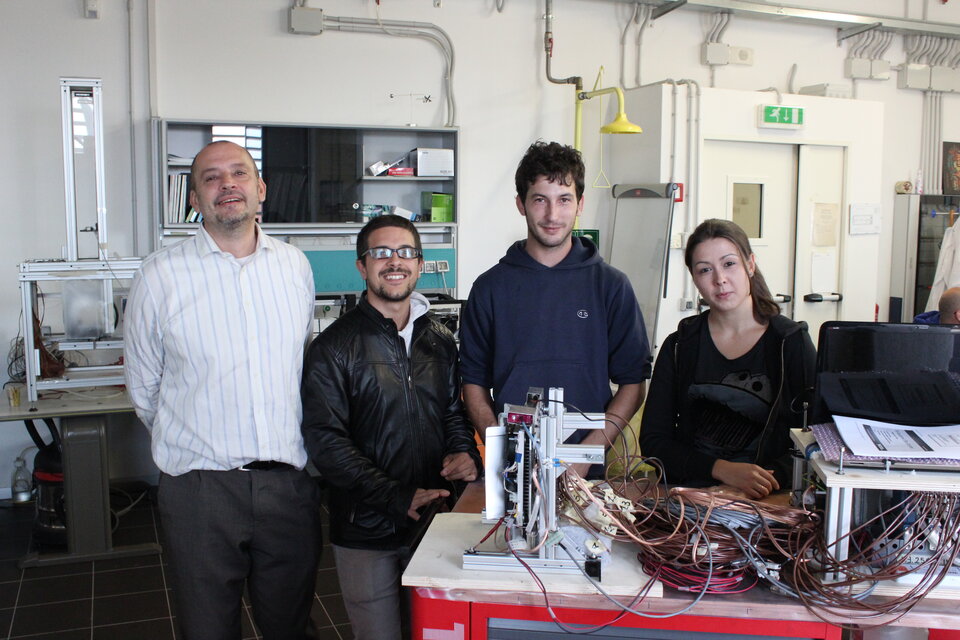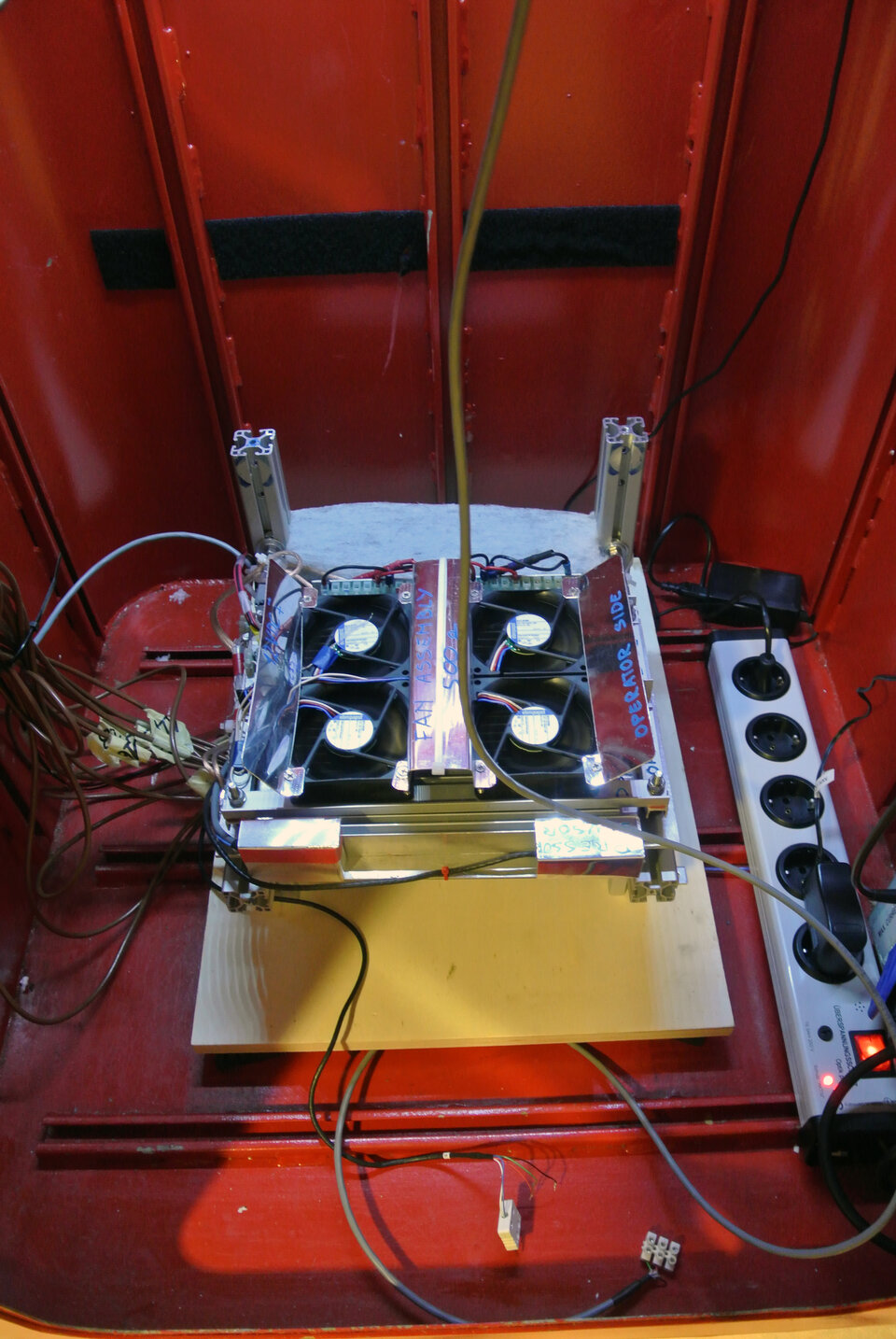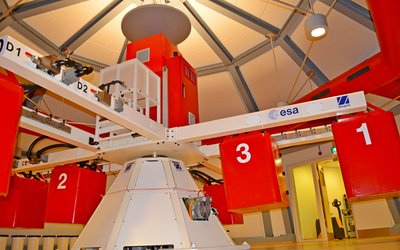Meet the teams: Hy-PHP
The Hy-PHP team is composed of a Ph.D. student and a Masters Student from the University of Bergamo (Italy). They investigated the thermal and fluid dynamic performances of a closed loop pulsating heat pipe operating under hypergravity conditions.
![]()
![]()
![]()
Analysis of a closed loop pulsating heat pipe under different gravity levels![]()
| University | University of Bergamo (UniBG) |
| Endorsing professor |
Marco Marengo University of Bergamo |
| Assisstant Scientists |
Mauro Mameli University of Bergamo Lucio Areneo Polytechnic University of Milan |
| ELGRA mentor |
Antonio Viviani University of Naples |
| Team | Miriam Manzoni, Corrado Roncelli |

In the last two decades, a new concept of capillary heat pipe without wick structures, commonly known as Pulsating Heat Pipe (PHP), proudly entered the domain of the two-phase passive heat transfer devices. It consists of a capillary diameter tube closed end-to-end, evacuated, and then partially filled with a working fluid which results as an alternation of vapor bubbles and liquid slugs inside the tube. When heat power is provided to the evaporator section, the thin liquid film surrounding each vapor plugs evaporates, bubbles expand and push the adjacent fluid towards the condenser zone where heat is rejected to a cold source and condensation occurs within the vapor plugs near the inner wall surface. The thermal-hydraulic behavior of this mini-channel depends mainly on the interplay between phase change phenomena (film evaporation, flow boiling, film condensation), capillary forces (ability to maintain the fluid confinement in terms of slug/plug flow pattern) and gravity, if present, which may assist or dampen the fluid motion.

In the present work, a PHP is investigated under hyper-gravity conditions. The PHP is made of a copper tube (inner/outer diameter 1.1mm/2.0mm) bent into a planar serpentine of 32 parallel channels, equipped with 14 thermocouples and a pressure transducer, and filled with FC-72. The test-cell is placed on the ESTEC Large Diameter Centrifuge (LDC) where it can operate at different gravity levels (2, 4, 6, 8, 10g), different heat loads (50, 70, 100W) and different orientations with respect to the acceleration. In the vertical position the device is heated at the bottom and the acceleration is acting in the flow path direction; in the horizontal position acceleration is perpendicular to the flow path direction. All the equipment is totally controlled via remote LAN connection.
The thermal and fluid dynamic performance of a “tube like” PHP under different gravity levels has never been studied in detail, especially with regards to the variation of heat flux. However, in many ground and aerospace applications this kind of device may undergo different accelerations which must be taken into account during the design phase.
The project team aims to provide a first characterization of a tube like PHP, in gravity levels ranging from microgravity to hypergravity conditions, by combining results from the 58th and 59th ESA Parabolic Flight Campaigns and the 2013 ESA Spin Your Thesis! Campaign. During the vertical operation, the acceleration is supposed to assist the cold fluid to flow from the condenser back to the evaporator section, as detected during the parabolic flight campaign, and stabilise the thermal instabilities. During the horizontal operation, the acceleration could alter the typical liquid-slugs/vapor-plugs alternation: liquid may be accumulated on one side along the channel, the flow motion may be damped, and the heat transfer rate could be less efficient.
Read the final experiment report here.






